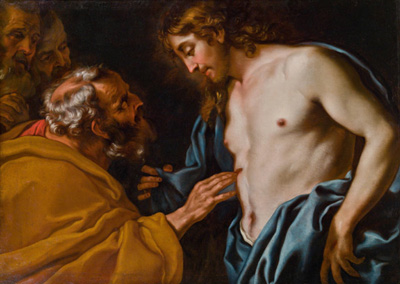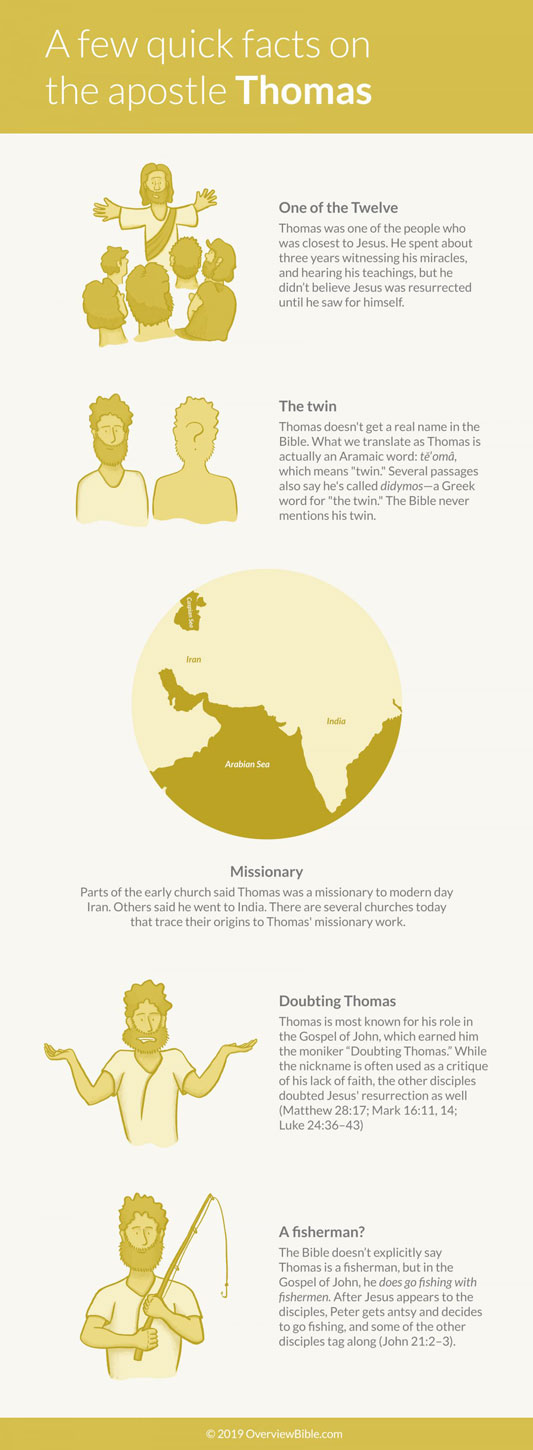
May is a month of prayer with the National Day of Prayer and Thy Kingdom come in two weeks Not to be forgotten is Julian of Norwich who was one of the first women authors.
“Pray, even if you feel nothing, see nothing. For when you are dry, empty, sick or weak, at such a time is your prayer most pleasing to God, even though you may find little joy in it. This is true of all believing prayer.” Julian of Norwich
Julian of Norwich was a 14th century mystic and writer. Julian’s book, Revelations of Divine Love is based on a series of sixteen visions she received on the 8th of May 1373. That’s 651 years ago today May 8, 2024. She became one of the first known female writers and one of the first published writers.
We also know her by her famous quote “All shall be well, and all shall be well, and all manner of things shall be well.” We celebrate her day on May 8, 2023.
At the age of thirty, stricken by a grave illness and believed she was on her deathbed. She was living at the time of the Black Death. (Records indicate half the population died during the plaque). She hints that at this time she had nothing to live for and so she welcomed death.
The medical crisis passed, and she had a series of fifteen visions, or “showings,” in which she was led to contemplate the Passion of Christ. These brought her great peace and joy. In her “showings,” Christ revealed his bleeding and his dying as acts of unconditional love. Her concept of Christ changed over her life from a God of wrath to one warm and welcoming.
The experience transformed her life. She became an anchoress (one who lived a life prayer and contemplation), living in a small hut near to the church in Norwich, England where she devoted the rest of her life to prayer and contemplation of the meaning of her visions.”
It is worth pointing out that Julian of Norwich was not a hermit. Even though she spent more than forty years living in a small cell attached to a church, she had a window that looked out onto the busy city street of Norwich. From this window she offered spiritual guidance to her community. She kept tabs on neighborhood news and soothed broken hearts. She accepted loaves of fresh baked bread and shared honey from the hives she kept. She was simultaneously protected from the world and connected to her community.
There were no barriers for Julian with Christ. She talks of the “glorious mingling” of body and soul, matter and spirit. She insists on the marriage of nature and God, on panentheism as the very meaning of faith, and on the marriage of God and the human (for we, too, are part of nature): “between God and the human there is no between.”
Here is a podcast about her from Christianity Today – “In this episode of Prayer amid Pandemic, Amy Laura Hall, the author of Laughing at the Devil: Seeing the World with Julian of Norwich and a Christian ethics professor at Duke Divinity School, tell us why we know so little about Julian’s identity but why we still read her writings on the vision she received while sick today.”
A Poem for Earth Day

“The Peace of Wild Things” by Wendell Berry
When despair for the world grows in me
and I wake in the night at the least sound
in fear of what my life and my children’s lives may be,
I go and lie down where the wood drake
rests in his beauty on the water, and the great heron feeds.
I come into the peace of wild things
who do not tax their lives with forethought
of grief. I come into the presence of still water.
And I feel above me the day-blind stars
waiting with their light. For a time
I rest in the grace of the world, and am free.
St. Mark’s Day, April 25

John Mark is the author of the Gospel of Mark which we read in Year B.
The painting was done in 1625 by Frans Hals, a Dutch painter, who painted portraits of all the Gospel writers.
Mark’s work was the first Gospel probably written in the 60’s AD. Gospel means “Good News” of Jesus Christ reflecting His life and work. The Gospel says the Kingdom of God is at hand and brings new life, sanctification and hope to the world. It is also one of the Synoptic Gospels.
Jesus’ Appearances

On Easter 2 we had the story of Thomas. Here is a timeline of Jesus’ appearances but there is complete account here.
Eastertide – A Summary
We are in Eastertide until Pentecost, June 8

Eastertide is the period of fifty days, seven Sundays from Easter Sunday to Pentecost Sunday. Easter is not a day but a season and it is one to examine the Resurrection, more broadly and deeply. There are a number of questions.
Is Resurrection just about death has been swallowed up in victory (1 Corinthians 15:54-56) ? Is Resurrection of Jesus is a precursor to your own resurrection (1 Corinthians 15) ? Does it say something about our own ability to expect to see Jesus (Luke 24) ? How does the new Christian community begin to function making Christ the central part of daily life ? (Acts 2)
Jesus physically appears in Easter 2 and 3 making the Resurection tangible. The shepherding part of his ministry is explored in Easter 4. From Easter 5-7, Jesus must prepare the disciples for his departure. He is going to leave them. Jesus prepares his disciples for continuing his ministry without his physical presence. Themes explored include the holy spirit, the Prayer of Jesus and God’s glory through His Son and the church.
Christ ascends on the 40th day with his disciples watching (Thursday, May 9th). The weekdays after the Ascension until the Saturday before Pentecost inclusive are a preparation for the coming of the Holy Spirit.This fifty days comes to an end on Pentecost Sunday, which commemorates the giving of the Holy Spirit to the apostles, the beginnings of the Church and its mission to all peoples and nation. Note that the Old Testament lessons are replaced by selections from the Book of Acts, recognizing the important of the growth of the church.
Eastertide
We are in Eastertide until Pentecost, May 19

Eastertide is the period of fifty days, seven Sundays from Easter Sunday to Pentecost Sunday. Easter is not a day but a season and it is one to examine the Resurrection, more broadly and deeply. There are a number of questions.
Is Resurrection just about death has been swallowed up in victory (1 Corinthians 15:54-56) ? Is Resurrection of Jesus is a precursor to your own resurrection (1 Corinthians 15) ? Does it say something about our own ability to expect to see Jesus (Luke 24) ? How does the new Christian community begin to function making Christ the central part of daily life ? (Acts 2)
Jesus physically appears in Easter 2 and 3 making the Resurection tangible. The shepherding part of his ministry is explored in Easter 4. From Easter 5-7, Jesus must prepare the disciples for his departure. He is going to leave them. Jesus prepares his disciples for continuing his ministry without his physical presence. Themes explored include the holy spirit, the Prayer of Jesus and God’s glory through His Son and the church.
Christ ascends on the 40th day with his disciples watching (Thursday, May 9th). The weekdays after the Ascension until the Saturday before Pentecost inclusive are a preparation for the coming of the Holy Spirit.This fifty days comes to an end on Pentecost Sunday, which commemorates the giving of the Holy Spirit to the apostles, the beginnings of the Church and its mission to all peoples and nation. Note that the Old Testament lessons are replaced by selections from the Book of Acts, recognizing the important of the growth of the church.
Newsletter, April, 2024
Click here to view in a new window.
Who was Thomas?

Thomas’ name has come down to us as “Doubting Thomas. ” He’s been labeled a “doubter” for his inability to understand Christ’s resurrection from the dead following his crucifixion. It’s not so much that he doubted the resurrection but that he needed a personal encounter with Jesus to make the resurrection real. His request that he see the wounds on Jesus’s hand left by the nails before he would actually believe that he was speaking to the risen Christ, has provided us with the phrase “Doubting Thomas.” That makes it appear to doubt is not a part of faith which it is.
National Geographic – “Thomas’s moment of incredulity has proved a two-edged sword in the history of Christian thought. On the one hand, some theologians are quick to point out that his doubt is only natural, echoing the uncertainty, if not the deep skepticism, felt by millions in regard to metaphysical matters. How can we know? That Thomas challenged the risen Christ, probed the wounds, and then believed, some say, lends deeper significance to his subsequent faith. On the other hand, his crisis of doubt, shared by none of the other Apostles, is seen by many as a spiritual failure, as a need to know something literally that one simply cannot know. In the Gospel of John, 20:29, Christ himself chastises Thomas, saying, “Thomas, because you have seen me, you have believed. Blessed are those who have not seen and yet have believed.”
Loyalty was closer to his character. As one of the disciples, when Jesus announced His intention of going to the Jerusalem area, brushing aside the protests of His disciples that His life was in danger there, at which Thomas said to the others: “Let us also go, that we may die with him.” (John 11:7,8,16) If Thomas was pessimistic, he was also sturdily loyal and determined. He wanted to get it right
Before the Doubting Thomas episode, he was honest and sincere. At the Last Supper, Jesus said: “I go to prepare a place for you…. And whither I go ye know, and the way ye know.” Thomas replied: “Lord, we know not whither thou goest, and how can we know the way?” To this Jesus answered: “I am the way, the truth and the life.” (John 14:1-6)
Thomas is mentioned again (John 21) as one of the seven disciples who were fishing on the Sea of Galilee (Sea of Tiberias) when the Risen Lord appeared to them. Aside from this he appears in the New Testament only as a name on lists of the Apostles. A couple of centuries later a story was circulating in the Mediterranean world that he had gone to preach in India; and there is a Christian community in India (the Kerala district) that claims descent from Christians converted by the the preaching of Thomas.
Following Christ’s ascensio, the apostles divided the world for missionary purposes. Thomas was assigned to travel to India to spread Christianity. He objected to this group decision. He said he wasn’tt healthy enough to travel. But he couldn’t possibly be successful there, he told the others, contending that a Hebrew couldn’t possibly teach the Indians. It’s even said that Christ appeared to him in a vision encouraging him to travel to India. Thomas remained unmoved by this revelation as well.
A merchant eventually sold Thomas into slavery in India. It was then, when he was freed from bondage that this saint began to form Christian parishes and building churches. It’s not surprising that to this day, St. Thomas is especially venerated as The Apostle in India. According to legend, Thomas built a total of seven churches in India, as well as being martyred during a prayer session with a spear near Madras around the year 72 C.E.
He is often pictured holding a spear. Paintings of martyrs often show them holding or accompanied by the instruments with which they were put to death.
A recently discovered work called the Gospel of Thomas is a collection of sayings attributed to Jesus,
The Legacy of Thomas in India
The National Geographic -“He traveled farther than even the indefatigable Paul, whose journeys encompassed much of the Mediterranean. Of all the Apostles, Thomas represents most profoundly the missionary zeal associated with the rise of Christianity—the drive to travel to the ends of the known world to preach a new creed.”
“Thomas is said to have raised the first cross in India and performed one of his earliest miracles: When he encountered a group of Brahmans throwing water into the air as part of a ritual, he asked why the water fell back to Earth if it was pleasing to their deity. My God, Thomas said, would accept such an offering. He then flung a great spray into the air, and the droplets hung there in the form of glistening white blossoms. Most onlookers converted on the spot; the rest fled.”
“St. Thomas still stands as the direct link between his converts in Kerala and the founding Christian story on the shores of the Mediterranean, clear across the known world of the first century. Unlike later Christian groups in Asia who were converted by missionaries, Thomas Christians believe their church was founded by one of Christ’s closest followers, and this is central to their spiritual identity. “They are an apostolic church,” Stewart said, “and that’s the ultimate seal of approval for a Christian group.”
“The community was historically united in leadership and liturgy, but since the 17th century have been split into several different church denominations and traditions.
“Historically the Saint Thomas Christian community was part of the Church of the East, centred in Persia.They are a distinct community, both in terms of culture and religion. Though their liturgy and theology remained that of East-Syrian Christians of Persia, their life-style customs and traditions were basically Indian.
“In the 16th century the overtures of the Portuguese padroado to bring the Saint Thomas Christians into the Catholic Church led to the first of several rifts in the community and the establishment of Syrian Catholic and Malankara Church factions. Since that time further splits have occurred, and the Saint Thomas Christians are now divided into several different Eastern Catholic, Oriental Orthodox, and independent bodies, each with their own liturgies and traditions.”

